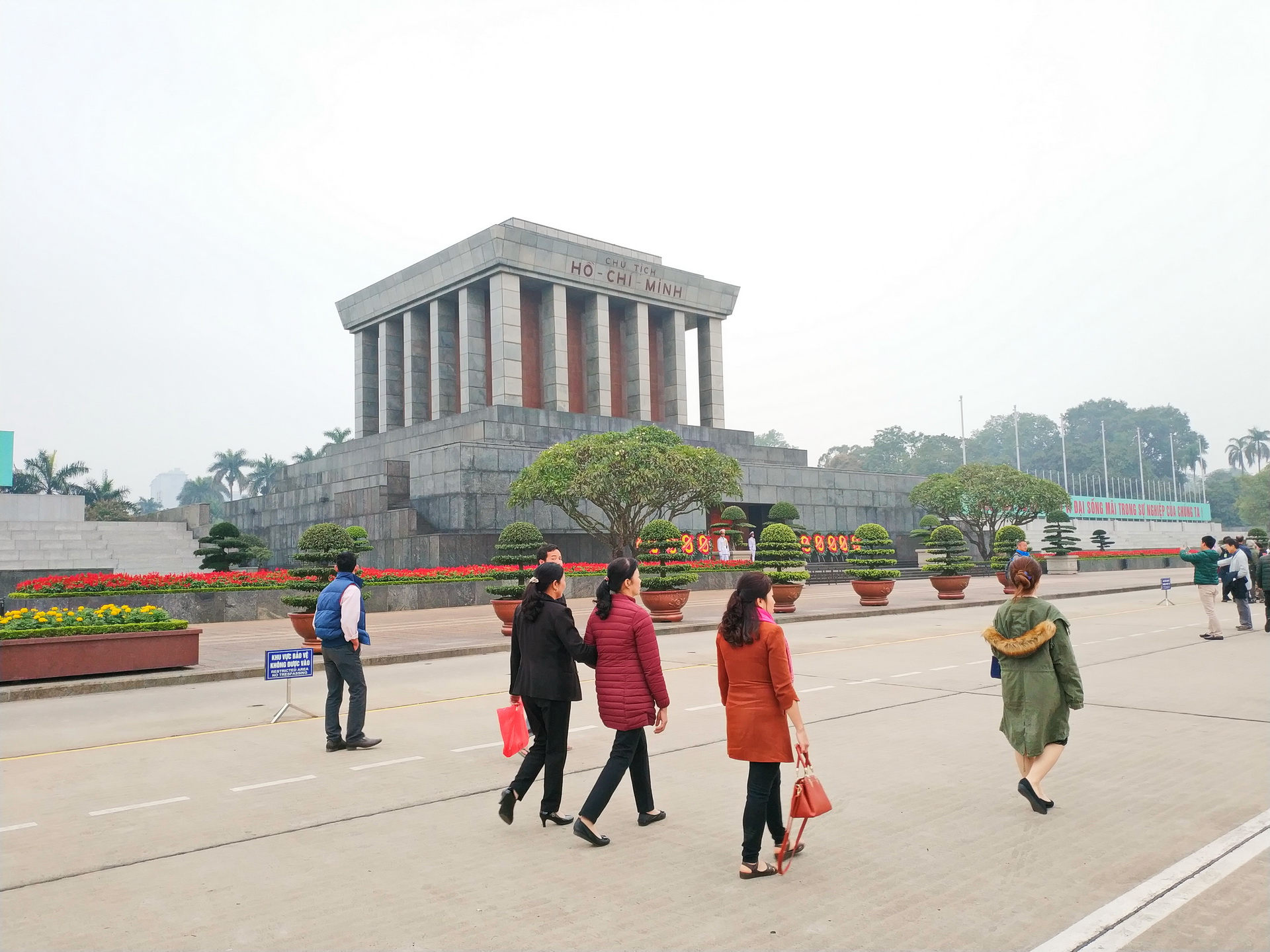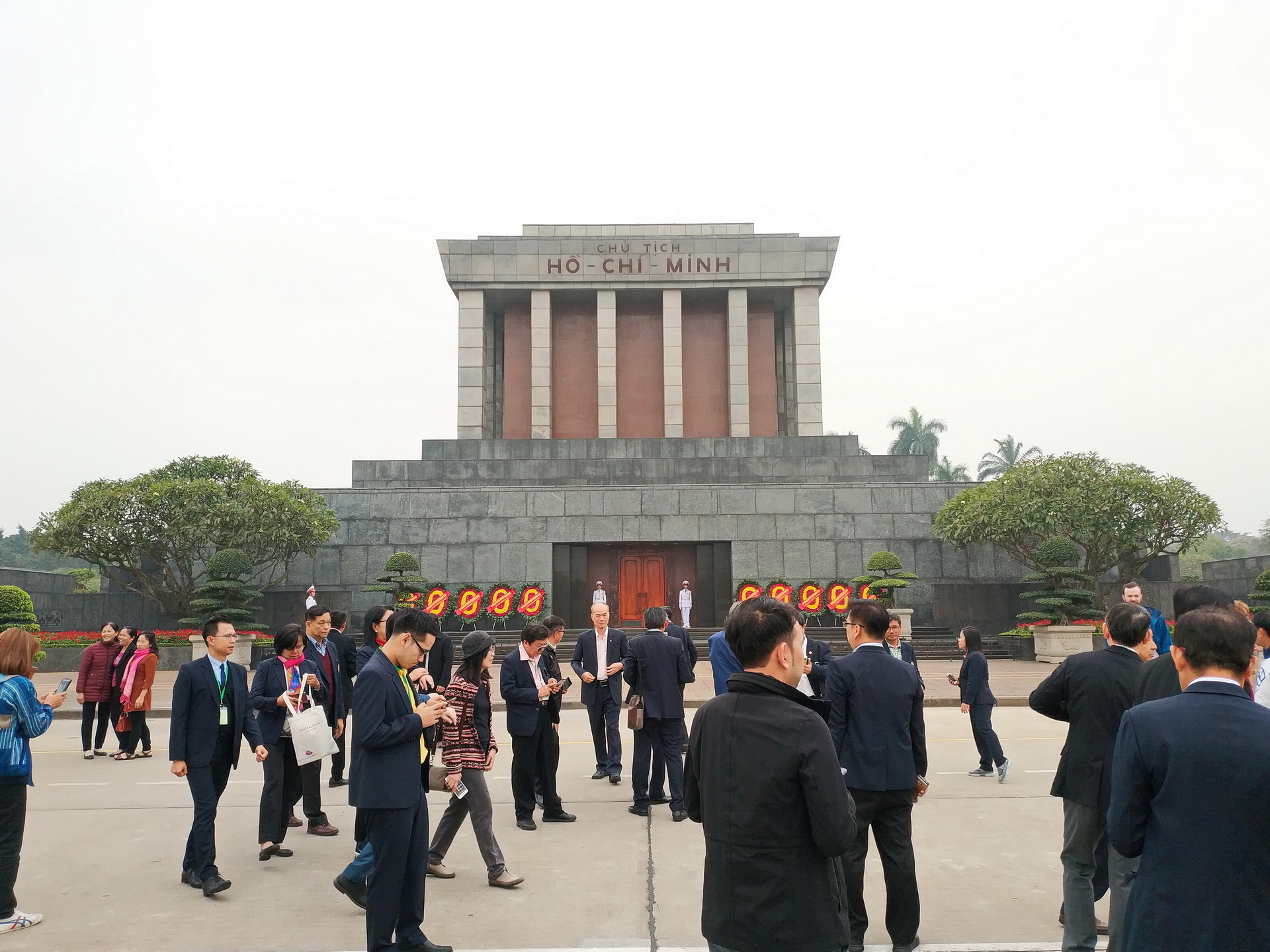The embalmed body of late President Ho Chi Minh, who led a revolution that won independence for Vietnam from French colonizers, remains well-preserved 50 years after his death, according to a team of specialists assembled to evaluate the revolutionary’s mortal remains.
President Ho Chi Minh, born in 1890, was the founder of what is now the Communist Party of Vietnam.
Affectionately referred to as “Uncle Ho” by generations of Vietnamese, he laid the foundation and led the Vietnamese revolution against French colonizers to victory in the 20th century with the establishment of the Democratic Republic of Vietnam in 1945.
He passed away on September 2, 1969. His body was embalmed with help from Soviet experts and has remained rested inside the Ho Chi Minh Mausoleum, situated in the heart of Hanoi, to this date.
Seven Vietnamese and four Russian experts conducted a thorough inspection of the late president’s embalmed body between July 12 and 18 to assess its state.
The team of specialists headed by Prof. Dr. Dang Vu Minh, president of the Vietnam Union of Science and Technology Associations, wrapped up their work on Thursday and had a meeting with Prime Minister Nguyen Xuan Phuc the same day to report on their observations.
President Ho Chi Minh’s body is well-preserved and in good condition after 50 years of embalmment, Dr. Minh told the head of government on behalf of his team.

The assessment team proposed a plan for research collaboration between Vietnamese experts and specialists from the Moscow Center for Biomedical Research in Russia to study scientifically advanced methods for long-term preservation of the Vietnamese leader’s remains.
Prof. Banin Victor Vasilievich from the Russian Academy of Sciences underlined the importance of training medical personnel in Vietnam capable of independently performing preservation work.
Speaking at the meeting, PM Phuc lauded efforts made by the team of experts and thanked the Russian scientists for their support and coordination in the assessment.
The late Vietnamese president’s embalmed body is up for public viewing at selected times of the year for visitors to the Ho Chi Minh Mausoleum.
The mausoleum was built in two years from 1973 to 1975, with materials collected from all parts of Vietnam as a symbolic gesture of national mourning and union.
The solemn granite structure is one of the most iconic landmarks in the Vietnamese capital city.
Like us on Facebook or follow us on Twitter to get the latest news about Vietnam!




















































